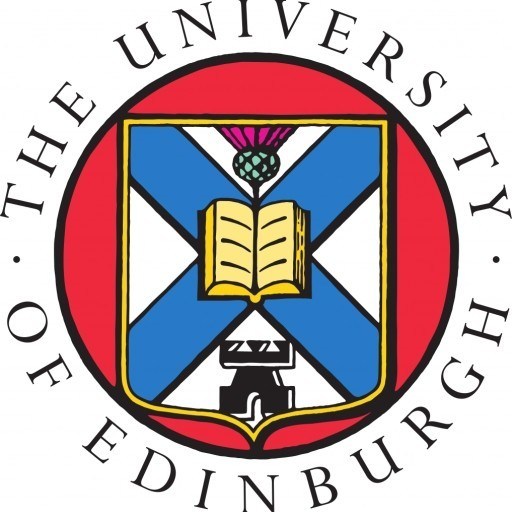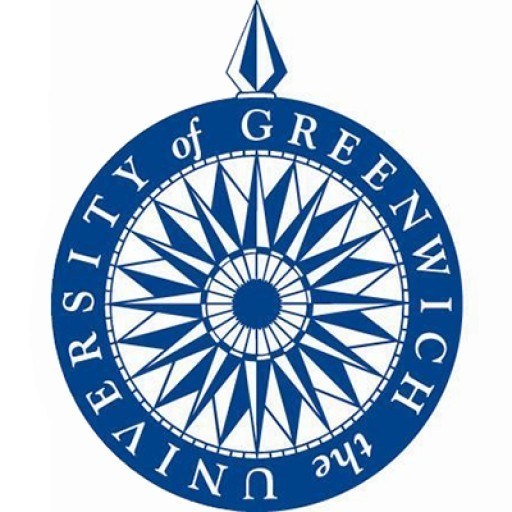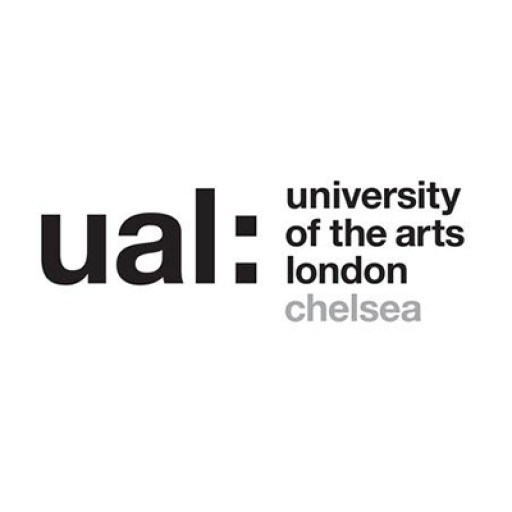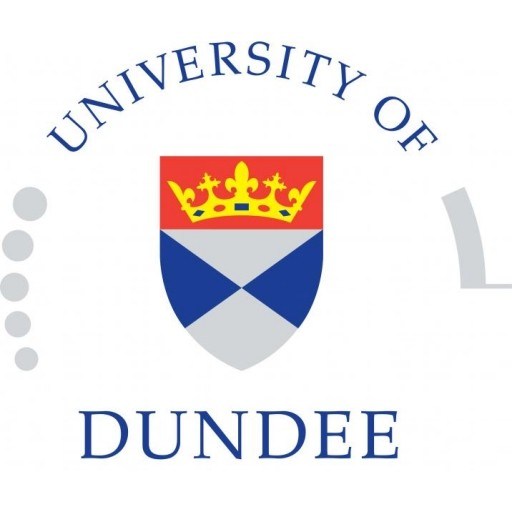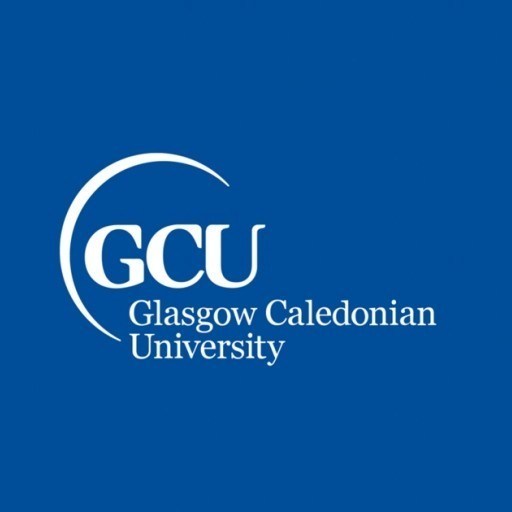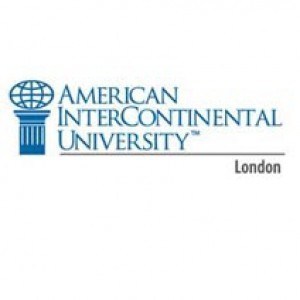Photos of university / #edinburghuniversity
The MSc in Graphic Design at The University of Edinburgh offers an innovative and comprehensive program designed to develop the creative, technical, and theoretical skills necessary for a successful career in the dynamic field of graphic design. This postgraduate course provides students with a unique opportunity to explore a broad spectrum of visual communication practices, combining traditional methods with contemporary digital techniques. Throughout the program, students engage in rigorous design projects, critical analysis, and contextual research, allowing them to refine their personal style and develop a strong professional portfolio. The curriculum emphasizes experimentation and innovation, with modules covering areas such as branding, typography, illustration, interactive media, and environmental graphics. Students also benefit from workshops, industry collaborations, and exhibitions that foster real-world exposure and networking opportunities. The program encourages a multidisciplinary approach, enabling graduates to work across various sectors including advertising, publishing, digital media, and corporate communications. Faculty members are experienced practitioners and researchers who provide mentorship and guidance, ensuring that students are well-prepared to meet the evolving demands of the creative industries. With access to state-of-the-art facilities and resources, students can push the boundaries of graphic design to produce impactful, original work. Emphasizing critical thinking and problem-solving, the MSc in Graphic Design aims to cultivate independent, reflective designers capable of making meaningful contributions to contemporary visual culture. Graduates of this program are equipped to take on diverse roles within creative agencies, design studios, or to pursue their own independent practice. The program also provides a solid foundation for those interested in further academic research or doctoral studies in design-related fields. Overall, this master's degree combines academic rigor with practical application, offering a vibrant and supportive environment for aspiring graphic designers to thrive and shape the visual landscape of the future.
Year 1, Academic year 2016/17, Starting month: SeptemberCOMPULSORY COURSES This DPT has 4 compulsory course(s).
|
Year 2, Academic year 2016/17, Starting month: AugustCOMPULSORY COURSES This DPT has 3 compulsory course(s).
COURSE OPTIONS This DPT has 1 set(s) of course options with the following rules. Select exactly 20 credits from the following list of courses, during Full Year
|
Year 3, Academic year 2016/17, Starting month: AugustCOMPULSORY COURSESThis DPT has 0 compulsory course(s).
COURSE OPTIONS This DPT has 14 set(s) of course options with the following rules. Overarching rule collection group: A Select exactly 60 credits from these collections:
Select exactly 20 credits course level 09, during Semester 1 Select exactly 40 credits course level 09, during Semester 1 AND
Select exactly 20 credits course level 09, during Semester 1 Select exactly 20 credits from Level 9 and 10 courses in Schedules A to Q, T and W, during Semester 1 Select exactly 40 credits course level 09, during Semester 2 Select exactly 20 credits course level 09, during Semester 2 OR
Select exactly 20 credits course level 09, during Semester 2 Select exactly 20 credits course level 09, during Semester 2 Select exactly 20 credits course level 09, during Semester 2
|
Year 4, Academic year 2016/17, Starting month: August
COMPULSORY COURSES This DPT has 4 compulsory course(s).
|
- Attestat plus completion of a recognised foundation programme Or At least one year of the Bakalavr or Specialist degree with an average grade of 'good' (4.0/5.0)
- IELTS Academic module overall 6.5 with 5.5 in each component
- TOEFL-iBT 92 or above with 20 in each section
- Cambridge English: Advanced & Proficiency overall 176 with 162 in each component
- Pearson Test of English (Academic): Total 61 with at least 51 in each "Communicative Skills" section
- Trinity ISE: ISE II with a distinction in all four components
Mini-portfolio
Applicants will be asked to submit a digital mini-portfolio to provide evidence of artistic aptitude and potential, this will form an important part of the selection process. The deadline for mini-portfolio submission is 12:00 noon GMT on Tuesday 31 January 2017 and late mini-portfolio submissions will not be accepted. Applicants applying to enter Year 2 of our programmes, who pass the first stage of selection, will be invited to bring a full portfolio to an Applicant Day.
Important dates
- Early November 2016: Mini-portfolio submissions site opens
- 15 January 2017: UCAS deadline for Home/EU applicants
- 31 January 2017 (12:00 non GMT): Mini-portfolio submission deadline
- 13-17 March 2017: Applicant Days for applicants applying to enter Year 2
- 30 June 2017: Final deadline for UCAS applications from applicants from outside the EU.
BTECs
Applicants studying the Pearson BTEC Diploma in Art and Design will be considered for entry with the following:
- Pearson BTEC Level 3 Extended Diploma in Art and Design with Merit.
- Pearson BTEC Level 3 Diploma in Art and Design with Merit plus one A Level at Grade B.
- Pearson BTEC Level 3 Subsidiary Diploma in Art and Design with Merit plus two A Levels at Grade B.
The University of Edinburgh offers a range of financing options for students pursuing a degree in Graphic Design. Prospective students are encouraged to explore various funding sources to support their studies, including scholarships, bursaries, and government aid. The university provides several scholarships specifically targeted at students enrolling in creative disciplines, which may include the School of Design or related departments. These scholarships are highly competitive and are awarded based on academic merit, portfolio submissions, or financial need. Additionally, students can apply for government loans and grants available through the UK Student Loans Company, which cover tuition fees and living costs for eligible home students. International students are advised to investigate scholarships offered by the university for international applicants, as well as external funding opportunities from their home governments or private organizations. The university's Financial Aid Office offers comprehensive guidance on applying for financial support and ensures students are aware of all available resources to minimize financial barriers. Part-time work opportunities within the university or in the surrounding Edinburgh community can also help students finance their studies while gaining valuable professional experience. It is recommended that students start exploring financial options early in the application process, as deadlines and application procedures vary depending on the funding source. The university's focus on supporting student success means that personalized financial planning assistance is available to help students develop a manageable budget and understand their financial commitments during their studies. Overall, the combination of institutional scholarships, government aid, external funding, and part-time employment options makes studying Graphic Design at the University of Edinburgh financially feasible for many students.
The University of Edinburgh offers a renowned degree programme in Graphic Design within its School of Arts, Culture and Environment. This programme is designed to equip students with a comprehensive understanding of visual communication, design principles, and creative problem-solving skills essential for a successful career in graphic design. Throughout the course, students are encouraged to explore various aspects of graphic arts, including typography, branding, digital imaging, illustration, and multimedia design. The curriculum combines theoretical knowledge with practical hands-on projects, fostering critical thinking and a strong professional portfolio. Students benefit from state-of-the-art facilities, including dedicated design studios, computer labs with industry-standard software, and access to significant art collections and research resources. The programme emphasizes innovation, with opportunities for collaboration with industry partners, participation in exhibitions, and live briefs that simulate real-world challenges. The academic staff comprises experienced practitioners and researchers dedicated to mentoring students and promoting experimental and contemporary approaches to design. The programme's assessment methods include coursework, presentations, portfolio reviews, and reflective essays, encouraging ongoing development and self-evaluation. Graduates from the Master’s in Graphic Design at the University of Edinburgh are highly valued in the creative industries, with employment prospects spanning advertising, publishing, digital media, branding agencies, and freelance creative practice. The university's strong ties with industry partners and its location in Edinburgh, a vibrant hub for arts and culture, provide ample networking opportunities, internships, and exposure to the creative sector. The degree program also promotes interdisciplinary collaboration, enabling students to work on projects with students from other art, media, and technology disciplines. Overall, this programme prepares students not just with technical skills but also with a reflective and innovative mindset necessary to adapt to the evolving landscape of graphic design and visual communication.
